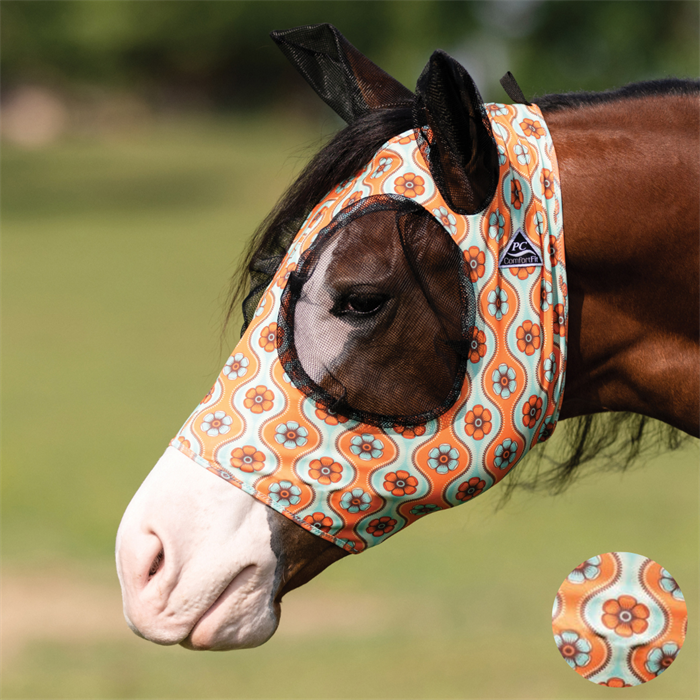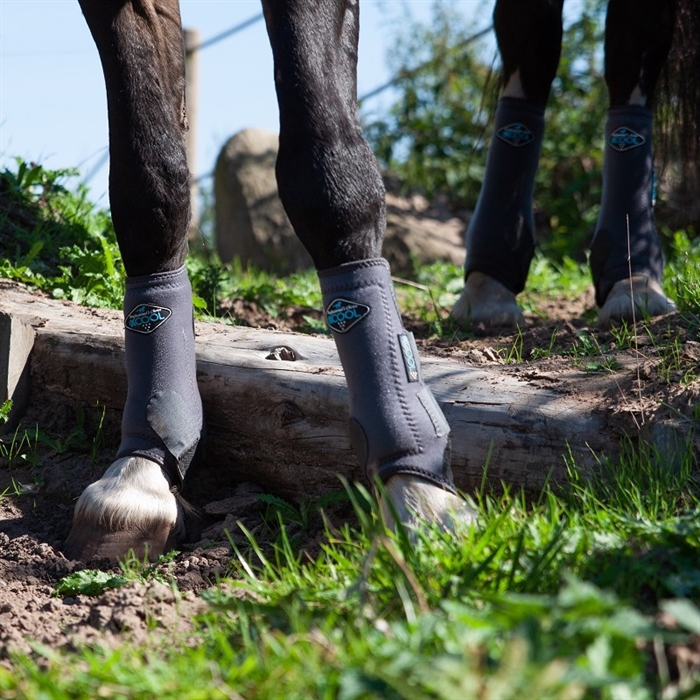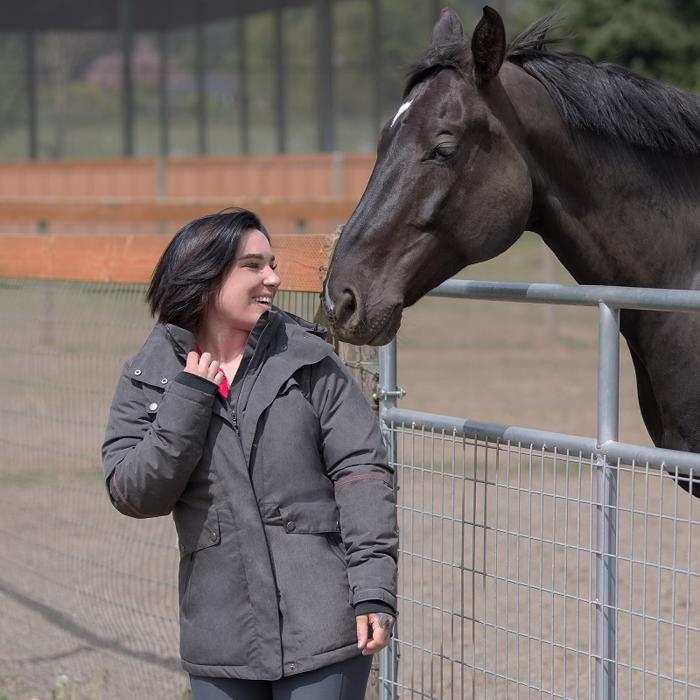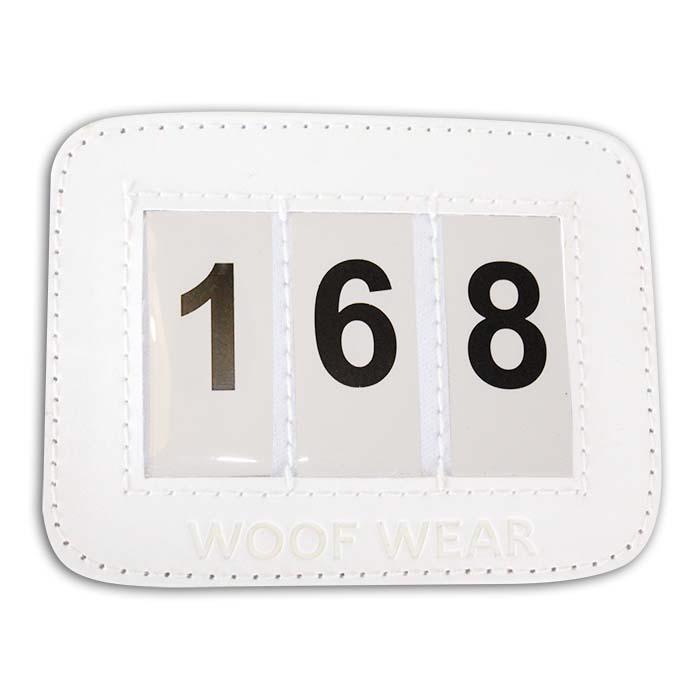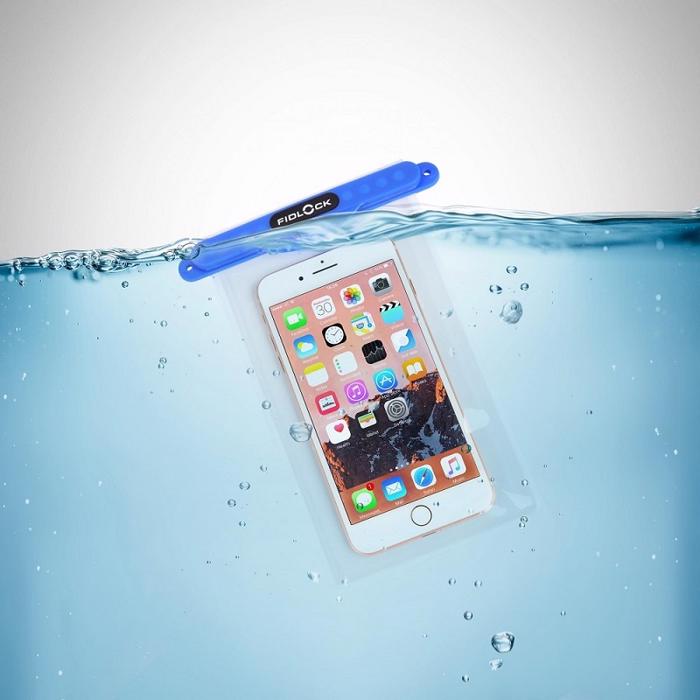Mountain Trail & TREC Mountain Trail makes safe and brave equestrians in all terrain - one exercise at a time! Mountain Trail is still a relatively new sport in Denmark, with the first Horse Park - Djurs Horse Park - opening in Nørager on Djursland in 2019. Mountain Trail can best be described as body building for horses. It is a discipline that greatly contributes to the horse's biomechanics through balance and proprioceptor training. At the same time, it is about creating a solid partnership between horse and rider.
51 |
Follow us on Instagram

